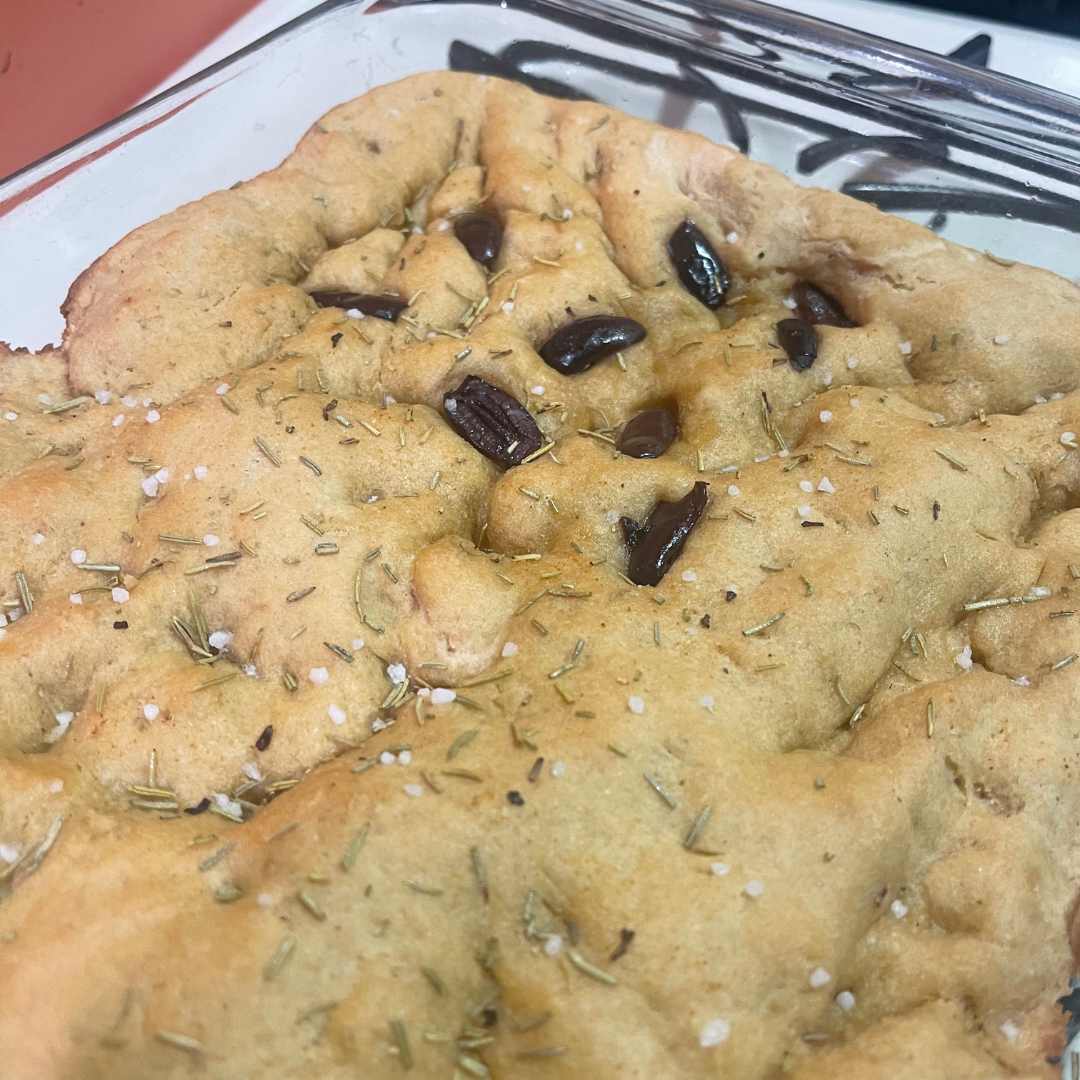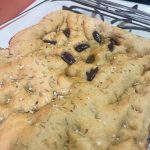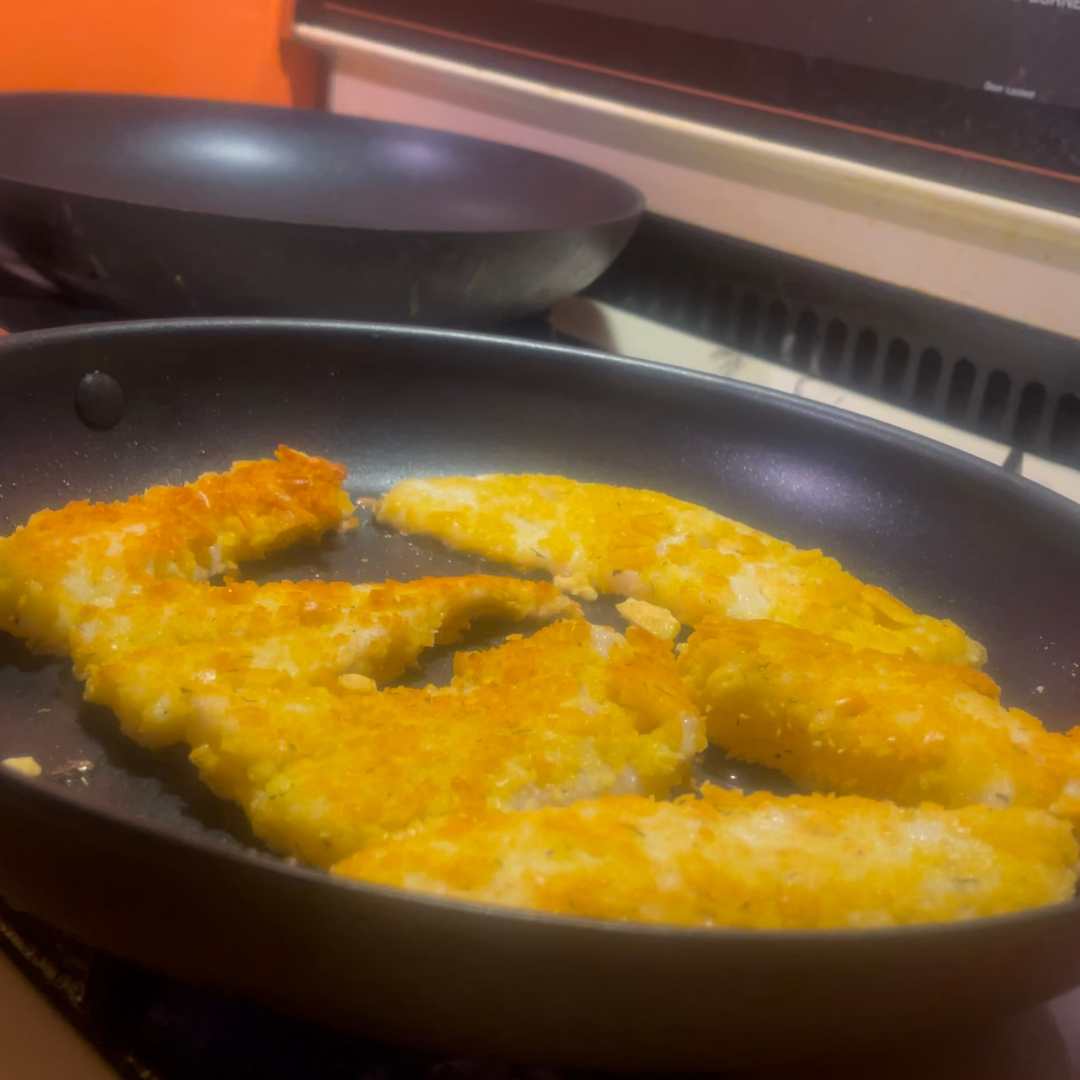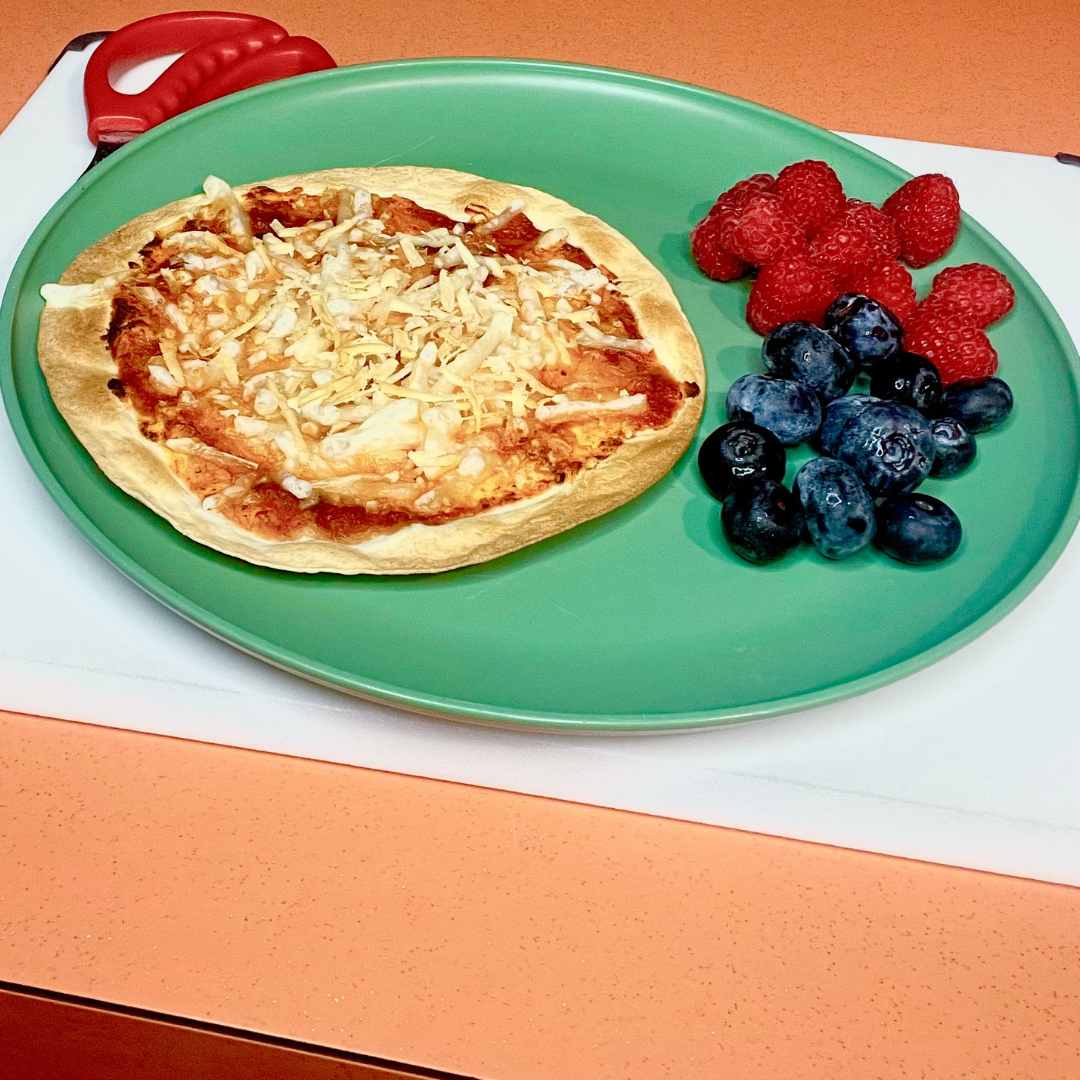What is the history of focaccia?
Focaccia bread is a flat Italian bread that has been around for centuries. Its exact origins are not known, but it is believed to have originated in ancient Rome. The name “focaccia” comes from the Latin word “focus,” which means “hearth” or “fireplace.” This refers to the traditional method of baking the bread on a hot stone or hearth.
Over time, focaccia bread became popular in many regions of Italy, each with their own unique variations. In Liguria, for example, focaccia is typically seasoned with olive oil, salt, and rosemary, while in Genoa it is often topped with onions and olives. In Tuscany, it may be made with grapes or other fruit, and in Puglia it is often baked with potatoes or tomatoes.
Today, focaccia bread is enjoyed around the world and is often served as an appetizer or as a side dish with pasta or soup. It is prized for its crispy crust, tender interior, and rich flavor, and continues to be a staple of Italian cuisine.
How is focaccia different from bread?
- Shape: Focaccia is typically flat and rectangular or round in shape, whereas other types of bread are often taller and more cylindrical in shape.
- Texture: Focaccia has a denser and more chewy texture than many other types of bread. It is also typically softer and more tender on the inside, with a crisp crust on the outside.
- Toppings: Focaccia is often topped with olive oil, salt, and various herbs and spices, which gives it a distinct flavor profile. Other types of bread may be topped with seeds, nuts, or other ingredients.
- Baking method: Focaccia is often baked on a hot stone or hearth, which gives it a crispy crust and helps it cook evenly. Other types of bread may be baked in a loaf pan or on a baking sheet.
Overall, while focaccia is a type of bread, its distinct shape, texture, toppings, and baking method set it apart from other types of bread and give it a unique flavor and character.
Is focaccia a healthy bread?
The healthiness of focaccia bread depends on the ingredients used in the recipe and the portion size. Generally, traditional focaccia recipes call for simple ingredients like flour, yeast, water, olive oil, and salt, which are all relatively healthy in moderation.
Additionally, because focaccia is a type of bread, it is high in carbohydrates. While carbohydrates are an important source of energy for the body, they should be consumed in moderation as part of a balanced diet.
If you’re looking to make focaccia bread healthier, you can try using whole wheat flour instead of white flour, which will increase the fiber content and make the bread more filling. You can also experiment with using less oil or using healthier oils like avocado or coconut oil.
Overall, while focaccia bread can be part of a healthy diet in moderation, it’s important to pay attention to the ingredients and portion sizes to ensure that you’re not consuming too many calories or unhealthy fats.
What is the difference between ciabatta and focaccia?
Ciabatta and focaccia are both types of Italian bread, but they differ in several ways:
- Shape: Ciabatta is typically long and rectangular or oval in shape, whereas focaccia is usually round or rectangular.
- Texture: Ciabatta has a chewy and airy texture, while focaccia is denser and more tender.
- Toppings: Ciabatta is usually plain or lightly dusted with flour, while focaccia is often topped with olive oil, salt, and various herbs and spices.
- Baking method: Ciabatta is usually baked on a flat surface, such as a baking stone, while focaccia is often baked in a pan or on a hearth.
- Use: Ciabatta is often used for sandwiches, while focaccia is often used as a side dish or appetizer.
Overall, while both ciabatta and focaccia are delicious types of Italian bread, they differ in their shape, texture, toppings, baking method, and use.
What is focaccia traditionally eaten with?
Whole Wheat Focaccia Recipe
Equipment
- Large bowl
- Spoon
- Flat, Clean Surface
Ingredients
- 3 cups whole wheat bread flour
- 1 tablespoon active dry yeast
- 1 tablespoon honey
- 1 1/2 teaspoons salt
- 1 1/2 cups warm water
- 1/4 cup olive oil
- 1 tablespoon dried rosemary
- 1/2 teaspoon garlic powder
- Coarse sea salt for topping
Instructions
- In a large mixing bowl, combine the whole wheat bread flour, yeast, honey, and salt. Mix well to distribute the ingredients evenly.
- Add the warm water and olive oil to the bowl and stir until the dough comes together into a sticky, shaggy ball.
- Turn the dough out onto a floured surface and knead for 5-7 minutes, until the dough becomes smooth and elastic.
- Place the dough in a greased bowl and cover with a damp towel. Let the dough rise in a warm, draft-free place for 1-2 hours, until it has doubled in size.
- Preheat your oven to 425°F (218°C). Line a baking sheet with parchment paper and set it aside.
- Punch down the risen dough and turn it out onto the prepared baking sheet. Use your hands to press and stretch the dough into a rectangle, about 1/2 inch thick.
- Mix together the dried rosemary and garlic powder in a small bowl. Brush the top of the focaccia dough with olive oil and sprinkle the rosemary and garlic mixture over the top.
- Use your fingertips to create small dimples all over the surface of the dough. Sprinkle coarse sea salt over the top of the dough.
- Bake the focaccia in the preheated oven for 20-25 minutes, or until the crust is golden brown and the bread is cooked through.
- Remove the focaccia from the oven and let it cool for a few minutes before slicing and serving.




